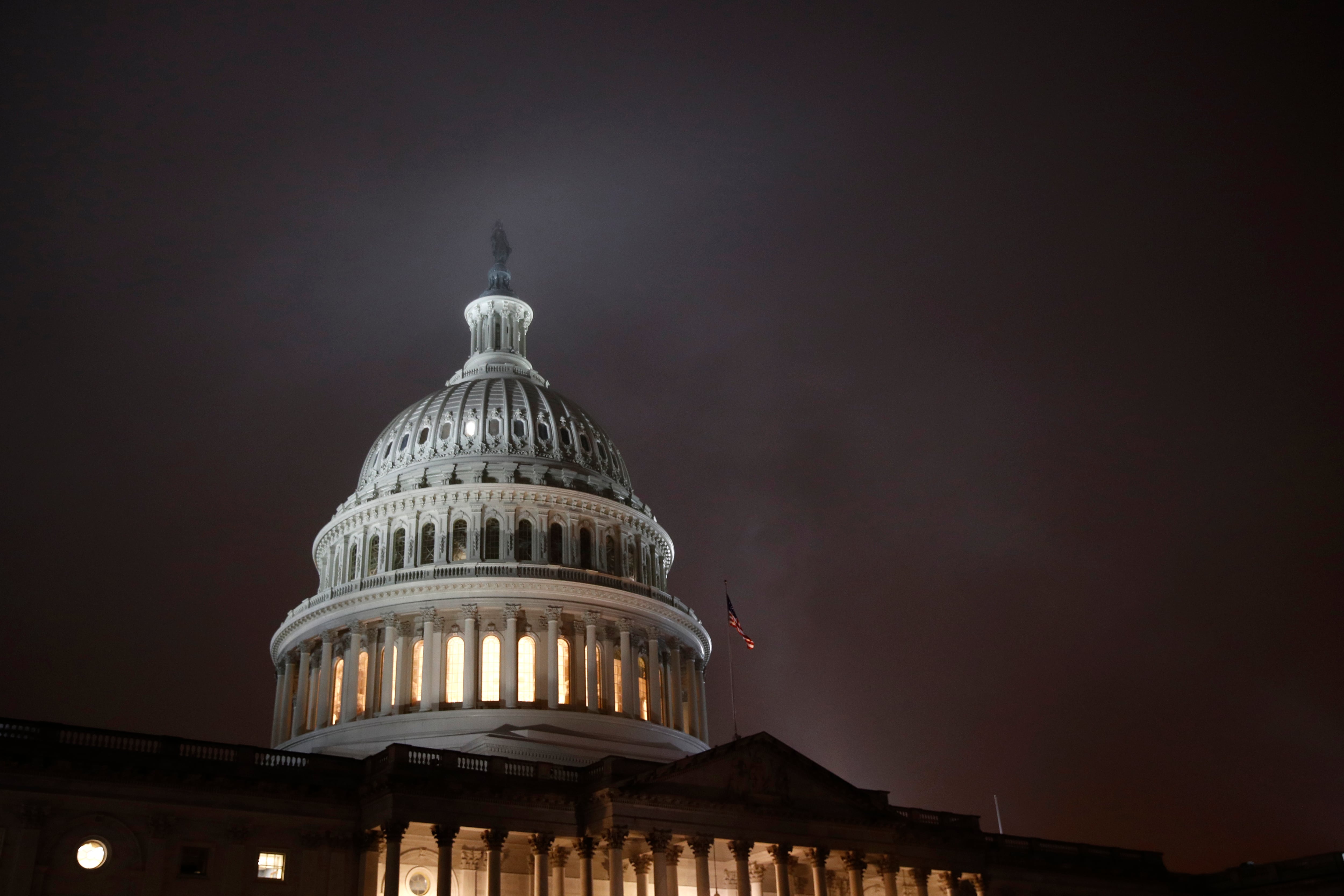As the federal fiscal year ends on Sept. 30, the Department of Defense once again does not have an on-time authorization or full-year defense appropriation from Congress. Sadly, the use of so-called continuing resolutions has become the norm, but this approach imposes significant costs on U.S. service members and American national security.
The importance of passing the annual defense appropriation and National Defense Authorization Act (NDAA) is clear. Unfortunately, over the last decade, there is but a single instance in which Congress passed both before the start of the fiscal year. Congress has instead enacted continuing resolutions, which essentially copy and paste the previous year’s defense appropriation.
From fiscal year 2010 to 2019, CRs lasted on average 119 days.
During the last presidential election year, the NDAA was enacted in December, but the defense appropriation did not become law until the following May. The delay in the latter drove the DoD to operate under a CR for 217 days — roughly 60 percent of the fiscal year.
Congress' increasingly routine reliance on CRs disregards emerging and time-sensitive Pentagon requirements and priorities. In turn, this leads to misalignment of funds, delays in modernization, and substantive decreases in buying power. Further, CRs leave defense suppliers in the dark, imposing inefficiencies and delaying vital programs.
If Congress wants to minimize program delays that are often the subject of heated congressional hearing questions, passing the NDAA and defense appropriation on time would help. After all, new programs cannot start without congressional approval that CRs usually don’t provide.
While these negative effects impact all of the services, consider the impacts of a CR on the U.S. Air Force’s ongoing operations and modernization efforts.
RELATED

Should the service experience a six-month CR, it would impact 17 new starts, six production increases, and eight military construction (MILCON) projects. Notably among these are the E-11A aircraft, MH-139 helicopter, and three infrastructure projects at Tinian.
The E-11A, with Battlefield Airborne Communications Node (BACN), enables persistent communications capability in areas where variable terrain or lacking infrastructure precludes it. The aircraft is critical to austere combat operations.
With the fleet down to three after suffering a fatal crash in January, the U.S. Air Force will be delayed in meeting increasing demands for the aircraft. This leaves U.S. forces more exposed to enemy attack in areas where communications are degraded.
The MH-139 Grey Wolf represents another critical air asset that would be delayed.
Set to replace the aging UH-1N in patrolling America’s missile fields associated with the land-based leg of the nuclear triad, the new helicopter brings better speed, range, and capacity. A CR would delay U.S. Air Force plans to procure the first eight for recapitalization efforts, and keep in place response time waivers associated with the older, slower Huey.
Finally, under a six-month CR, the U.S. Air Force would be unable to fully execute MILCON projects intended to build vital infrastructure on the strategically located Pacific island of Tinian. Delays to this construction would impede U.S. Indo-Pacific Command’s shift to a more distributed posture necessary to protect U.S. troops and deter Beijing.
As the People’s Liberation Army continues to act with an aggressive sense of urgency, a major delay in these U.S. projects would also send an unhelpful message regarding America’s commitment to the region.
Extending a CR for the duration of fiscal year 2021 would be particularly damaging. For the U.S. Air Force, it would mean delays to an additional 31 new starts, one production increase, and nine MILCON projects. And the service would lose roughly $900 million in buying power.
Halting the MILCON alone would set back fielding of key weapon systems to include the F-35, F-16, and Ground Based Strategic Deterrent (GBSD). The U.S. Air Force stated in justification documents that without the GBSD facility, “the deployment of a weapon system vital to the defense and security of the United States and its allies could be delayed.”
Viewed opposite China’s pursuit to double its nuclear warhead stockpile, stalling the aged Minuteman III’s replacement is unwise. This is especially true when considering that nuclear deterrence “underwrites every U.S. military operation around the world,” as the commander of U.S. Strategic Command put it.
As threats grow, yet another long-term CR would erode the U.S. Air Force’s combat capability, as well as its ability to conduct assigned missions and defend the nation.
The Department of Defense cannot compete effectively with China and Russia and cannot defend against serious continuing threats from Iran, North Korea, and terrorist organizations without the support of Congress. That support should start with an on-time defense authorization and appropriation each fiscal year.
Bradley Bowman is senior director for the Center on Military and Political Power at the Foundation for Defense of Democracies, where U.S. Air Force Maj. Scott Adamson is a visiting military analyst. Bowman previously served as a national security adviser in the Senate. The views expressed or implied in this commentary are solely those of the authors and do not necessarily represent the views of the U.S. Air Force or any other U.S. government agency.








